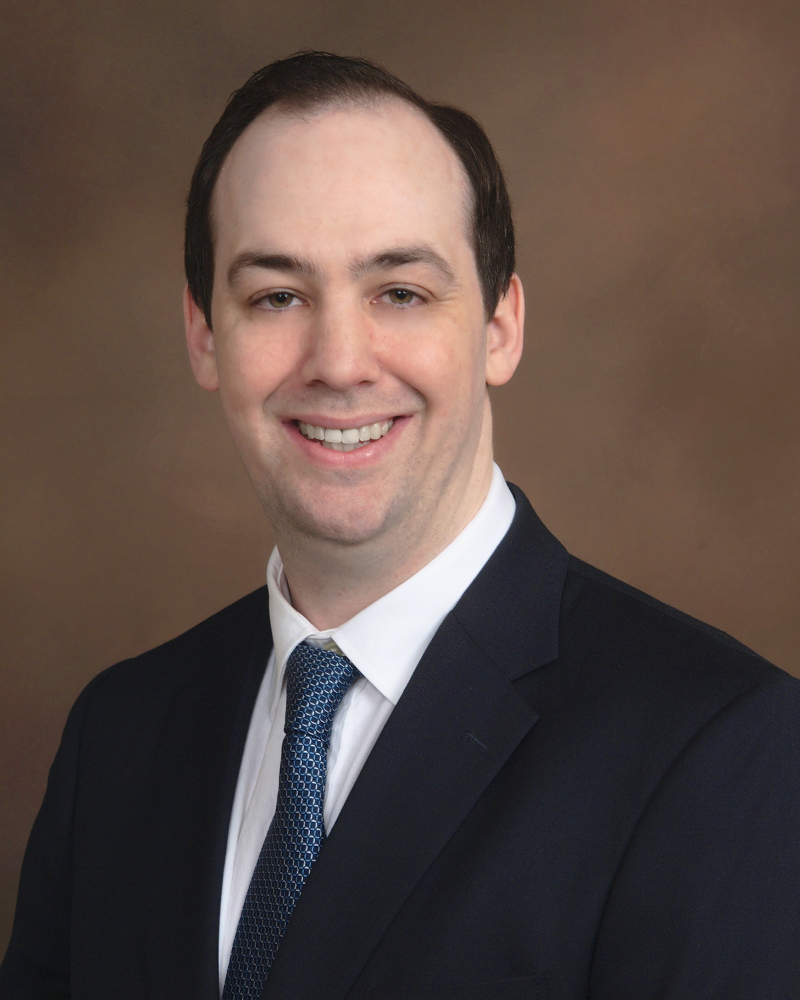Another Industry In the Obama Administration’s Sites
Written by Brian Garst, Posted in Education, Government Meddling
The private sector is under assault from the Obama administration. We’ve seen it most famously with the war on coal, but as this post from Center for Freedom & Prosperity President Andrew Quinlan demonstrates, we can add for-profit higher education to the list. And once again, it is unelected regulators usurping legislative powers in order to eradicate entire industries:
Now, the Department of Education is targeting private-sector colleges through so-called “Gainful Employment” regulations. The rules not only punish an entire business model for the wrongdoings of a small few schools, but by closing one of the best avenues for working class adults to improve their education and increase employability, they also threaten jobs and the economy.
The proposed rules would cut off federal loan and financial-aid eligibility for programs that fail to meet certain federal standards, such as graduates with high student-loan debt relative to their earnings in the first few years after graduation. This is a deeply flawed approach for reasons both practical and philosophical.
While there is a strong case to be made for ending or severely reducing government financial support for higher education, allowing government to distort the market by picking winners and losers would be even worse than the current system of heavy subsidies. The “Gainful Employment” regulations amount to a thumb on the scale, which unsurprisingly would benefit government-run institutions at the expense of the private sector.
The so-called “Gainful Employment” rule will limit loans and financial aid on the basis of high student loan debt relative to post-graduate earnings, among other things. Problems with the rule are numerous. First and foremost, if it is truly needed to protect students, why are public and private non-profit universities excluded? For-profit schools only serve about 20% of all higher education students, and yet are the exclusive target of the regulation.
Second, the rule fails to account for the market being served. For-profit schools provide opportunities for a lower economic class of students that is often closed out of the prestige-conscious university system. Any rule that punishes schools whose students have relatively lower post-graduate earnings is going to in effect punish schools that take on students who start with lower earnings potential. The rule is thus a perverse attack on economic opportunity at a time when opportunities are already few and far between.
Like much of the Obama agenda, the effort has already run into legal trouble. A prior version of the rule was thrown out by a federal judge for being “arbitrary,” but that hasn’t stopped anti-market ideologues from coming back for another bite at the apple. Quinlan quotes industry expert Donald Graham’s scathing letter in opposition to the rule, which includes an account of the true objectives of the rule’s chief architect:
Why is Mr. Shireman still relevant? Because it is he who decided there should be a gainful employment regulation in the first place.
…With his speech last week at the Center for American Progress, Mr. Shireman lets the cat out of the bag: he simply does not believe that a business should own a college or serve students. Now this is a perfectly respectable point of view. But one could ask: is a person who holds this point of view a fit regulator of a sector consisting of colleges owned by businesses? The judgment on whether businesses were fit to own colleges was made by the Congress of the United States in 1965. Mr. Shireman and now his successor regulators seek to substitute his judgment for that of Congress.
Obama administration officials substituting their lawless judgment for that of duly elected members of Congress seems par for the course these days.
 I serve as Vice President of the Center for Freedom and Prosperity, a non-profit think tank dedicated to preserving tax competition and free markets. This site features my personal views, which are not reflective of CF&P.
I serve as Vice President of the Center for Freedom and Prosperity, a non-profit think tank dedicated to preserving tax competition and free markets. This site features my personal views, which are not reflective of CF&P.